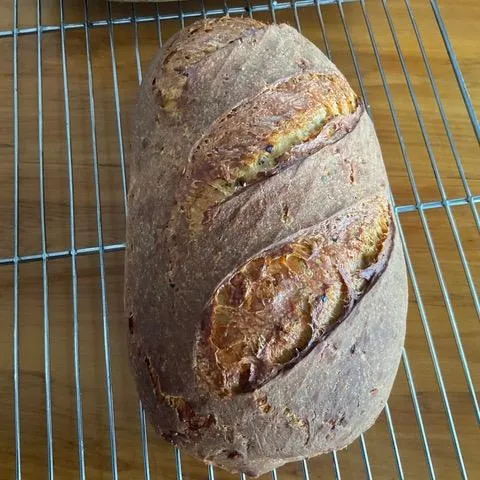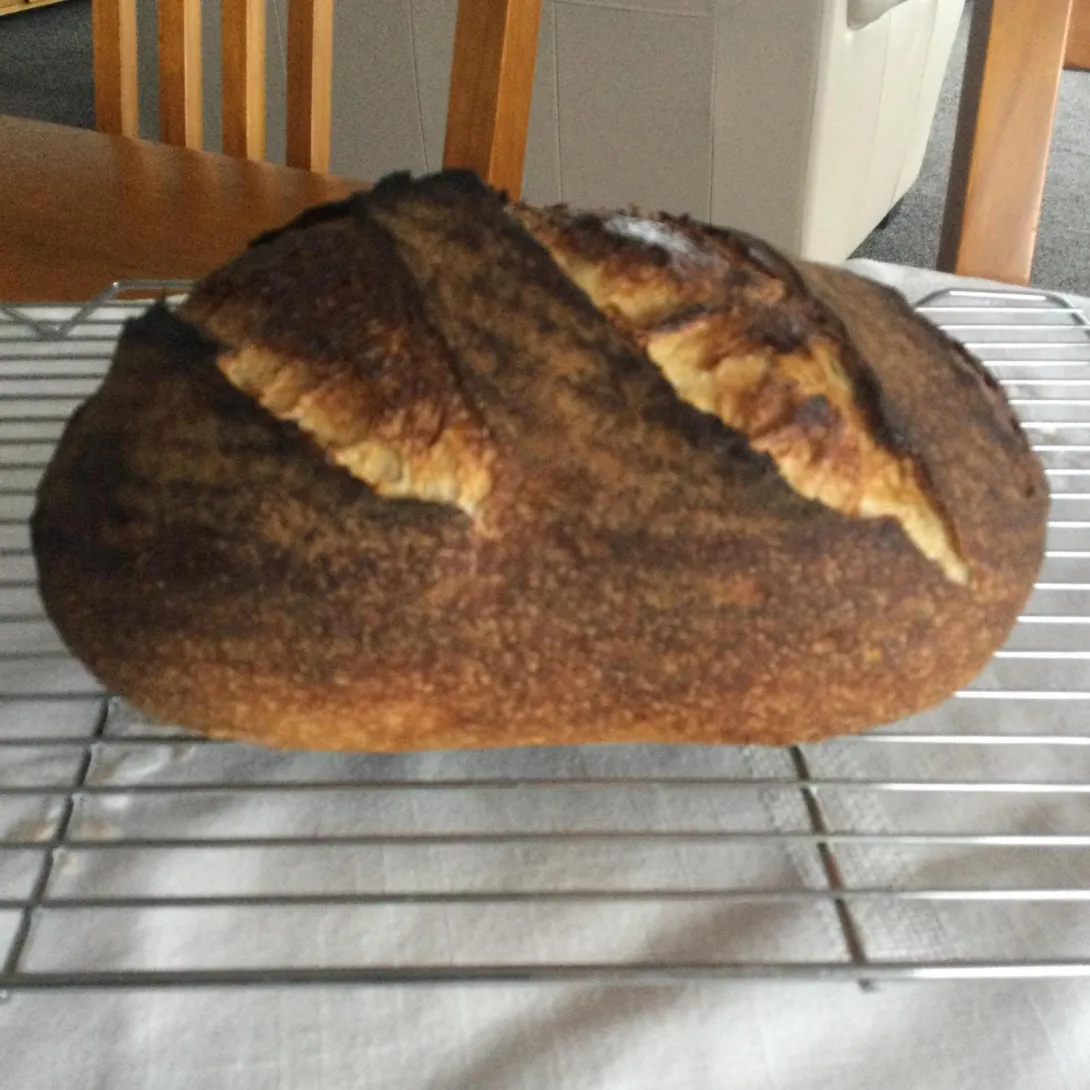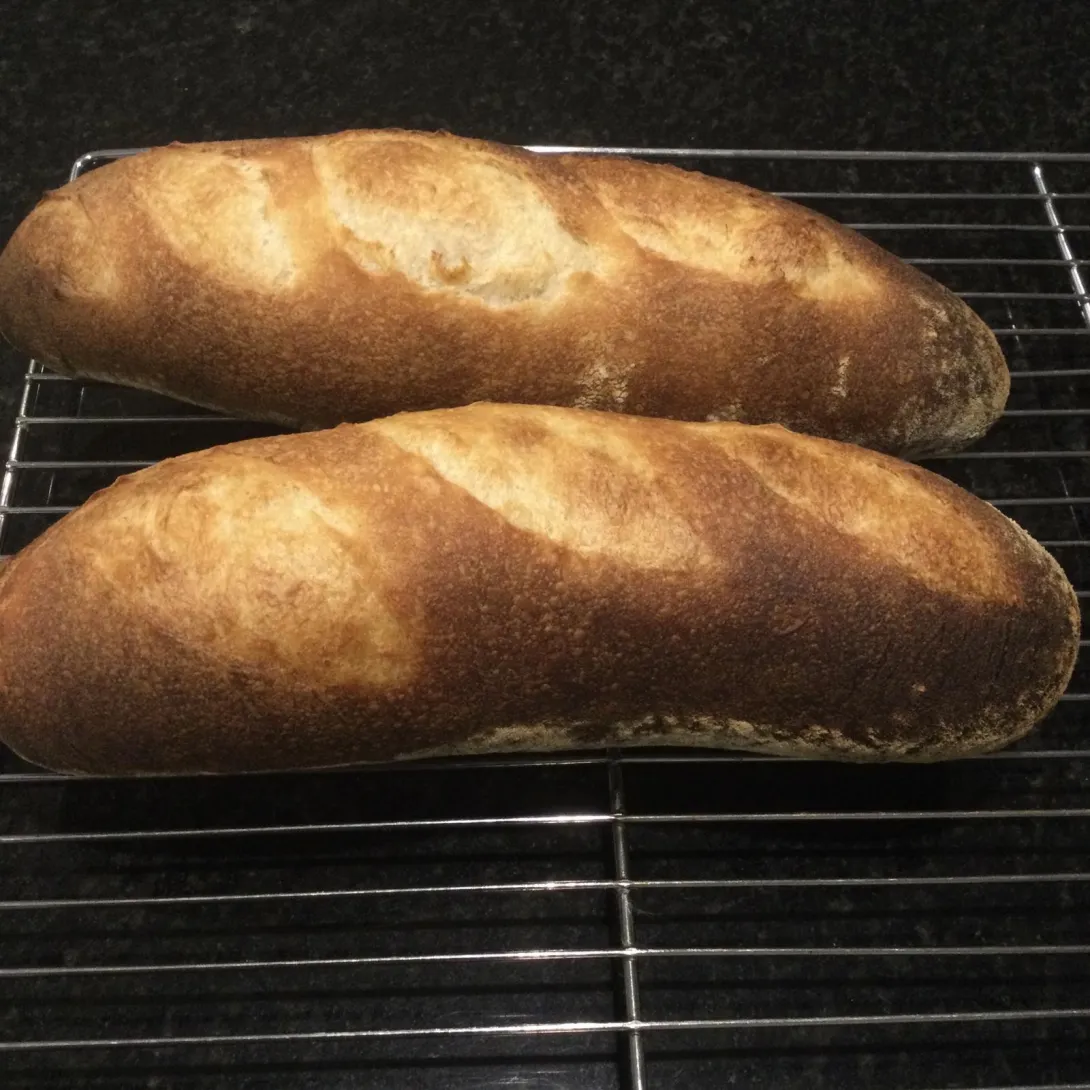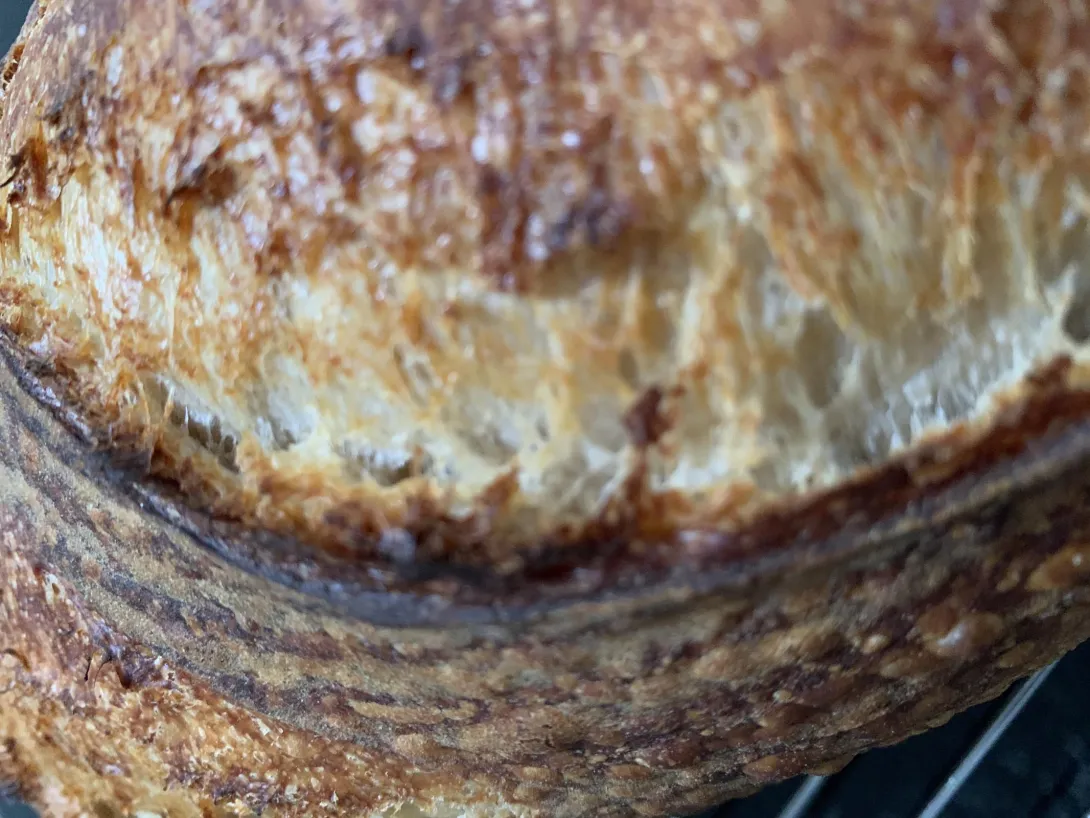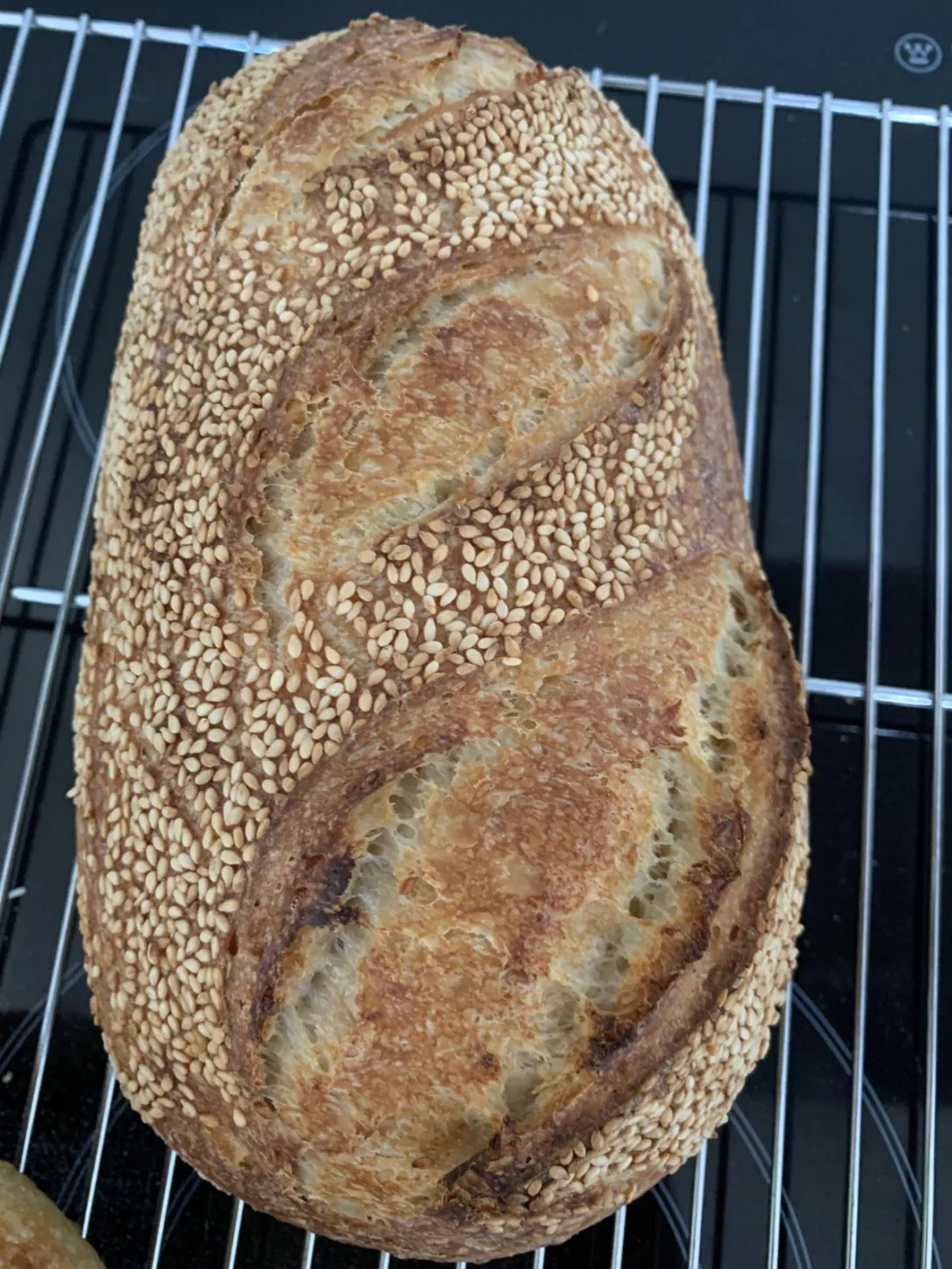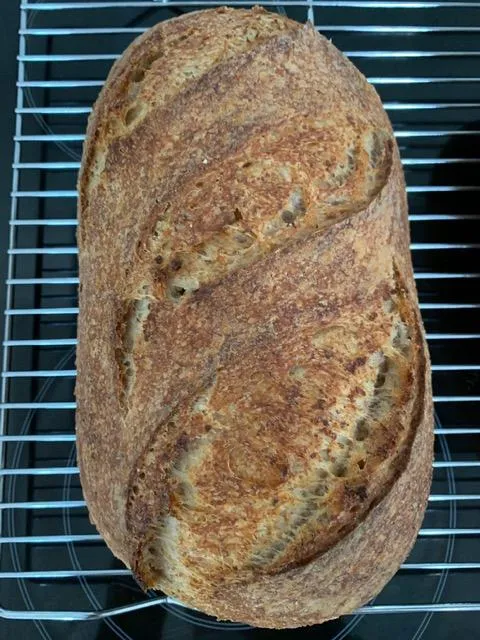A Second attempt at my version of Paul’s Infinity Bread
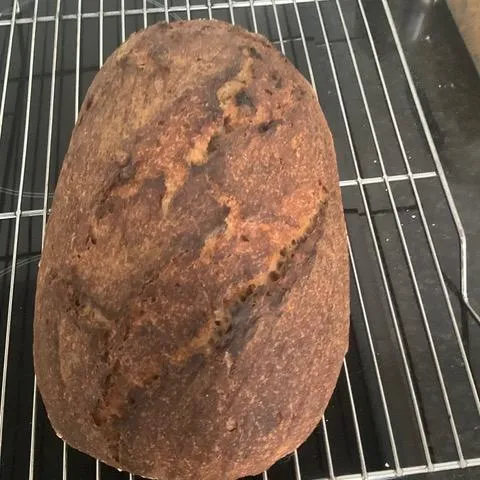
After the problems of the first attempt, I reread the feedback I received and here is my reworked version.
First up, the starter. It was looking good on the first refresh so I decided to stay with an all bread flour starter. This means that that percentage of white flour in the dough is higher and and there is less whole wheat. Secondly I started early in the day while the starter was fresh and bubbly.
